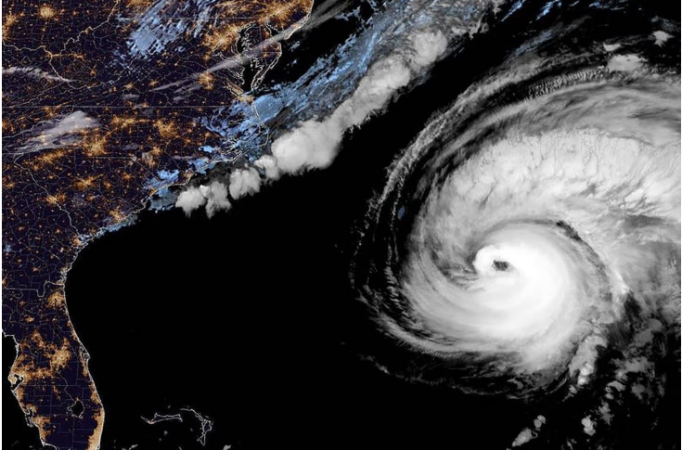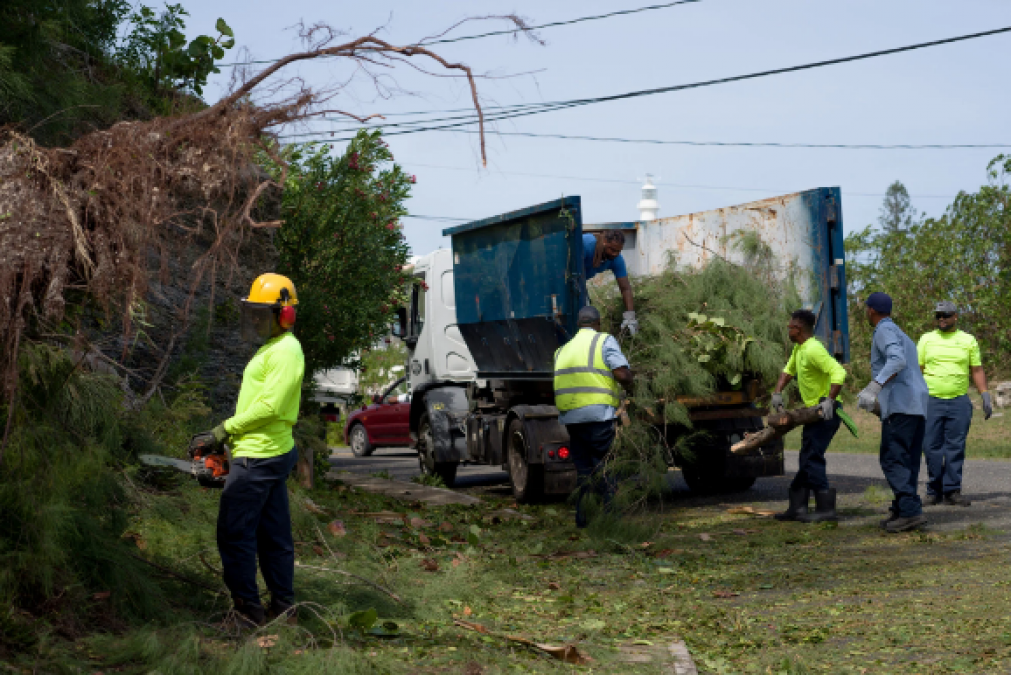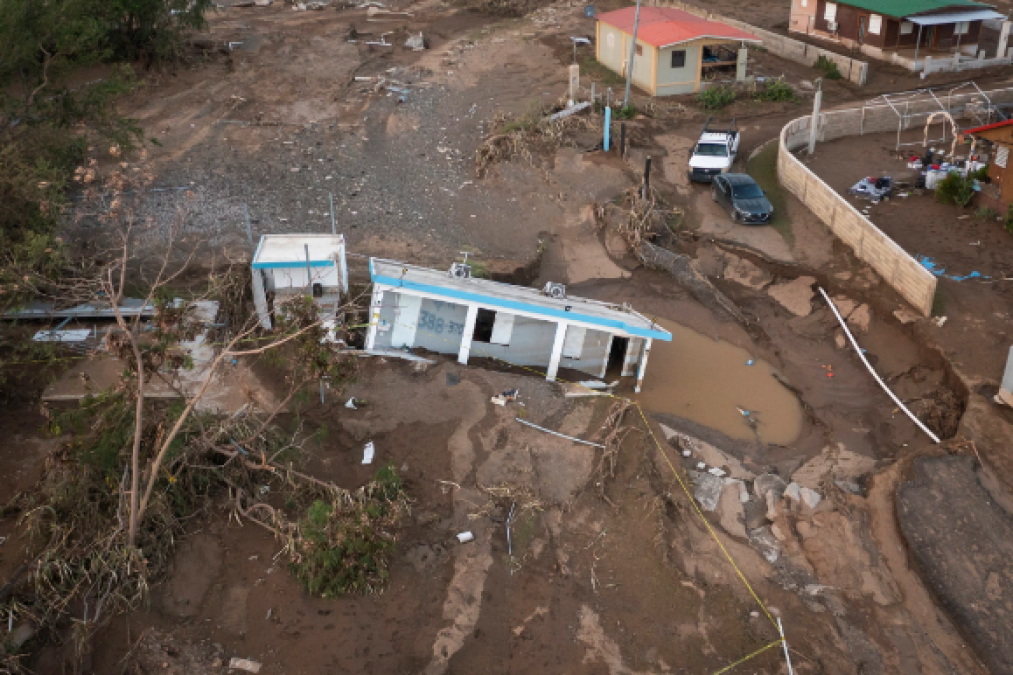
Canada: A hurricane that is expected to become a massive post-tropical storm will bring hurricane-force winds, heavy rain, and large waves to Atlantic Canada, potentially making it one of the most severe storms in the country's history, according to meteorologists on Friday.
Fiona is expected to make landfall early Saturday morning. The Canadian Hurricane Centre has issued a hurricane warning for large swaths of coastal Nova Scotia, Prince Edward Island, and Newfoundland. Fiona is expected to hit the area as a "large and powerful post-tropical cyclone with hurricane-force winds," according to the US National Hurricane Centre.

"We'll have to decide where it fits in the history books after the fact, but it's going to be a historic, extreme event for Eastern Canada," said Bob Robichaud, Warning Preparedness Meteorologist for the Canadian Hurricane Centre.
Fiona, a category 4 hurricane, pounded Bermuda with heavy rains and winds on Friday as it passed through on its way to northeastern Canada. Bermuda authorities opened shelters and closed schools and offices in advance of Fiona. National security minister Michael Weeks said there had been no reports of major damage.
Robichaud said the storm's centre is expected to arrive in Nova Scotia on Saturday morning around 9 a.m. local time, but winds and rains will arrive late Friday.
"It has the potential to be one of the most severe systems to hit eastern Canada," said Ian Hubbard, a meteorologist with the Canadian Hurricane Centre in Dartmouth, Nova Scotia.
Authorities in Nova Scotia issued an emergency alert to phones, advising people to stay inside, avoid coastlines, charge devices, and have enough supplies for at least 72 hours. Long-term power outages, wind damage to trees and structures, coastal flooding, and possible road washouts were all predicted by officials.
Hurricanes are uncommon in Canada, in part because they lose their main source of energy once they reach colder waters. as well as becoming extratropical However, those cyclones can still have hurricane-force winds despite having a cold core rather than a warm core and no visible eye. Their shape can also differ. They lose their symmetric shape and can resemble commas.

Fiona had maximum sustained winds of 215km/h (130mph) on Friday, according to the US centre. It was centred about 770 kilometres (475 miles) south of Halifax, Nova Scotia, and was moving northeast at 56 kilometres per hour (35mph).
Hurricane-force winds extended up to 185 kilometres (115 miles) from the centre, while tropical storm-force winds extended up to 555 kilometres (345 miles).
Nova Scotia from Hubbards to Brule, Prince Edward Island, Isle-de-la-Madeleine, and Newfoundland from Parson's Pond to Francois were all under hurricane warnings. Fiona has been blamed for at least five deaths, two in Puerto Rico, two in the Dominican Republic, and one in Guadeloupe, France.
People across Atlantic Canada were stockpiling last-minute necessities and storm-proofing their homes on Friday in preparation for the storm's arrival.
Fiona caused severe flooding and an island-wide blackout in Puerto Rico before reaching Bermuda, prompting US President Joe Biden to declare Thursday that the full force of the federal government is ready to assist the US territory in its recovery.
Biden stated that hundreds of FEMA and other federal officials are already on the ground in Puerto Rico, the site of Fiona's devastation.
More than 60% of power customers were still without power on Thursday, despite efforts to restore power. Many customers were without water, and local officials were unable to predict when service would be fully restored.
Hundreds of people in Puerto Rico were still stranded by blocked roads five days after Hurricane Maria hit the island.
Typhoon Nanmadol forces the evacuation of nearly 9.5 million people from Japan
Hurricane Fiona leaves Puerto Rico helpless as it causes "catastrophic" damage in several areas
3Alaska is in the path of a severe storm that could cause catastrophic flooding